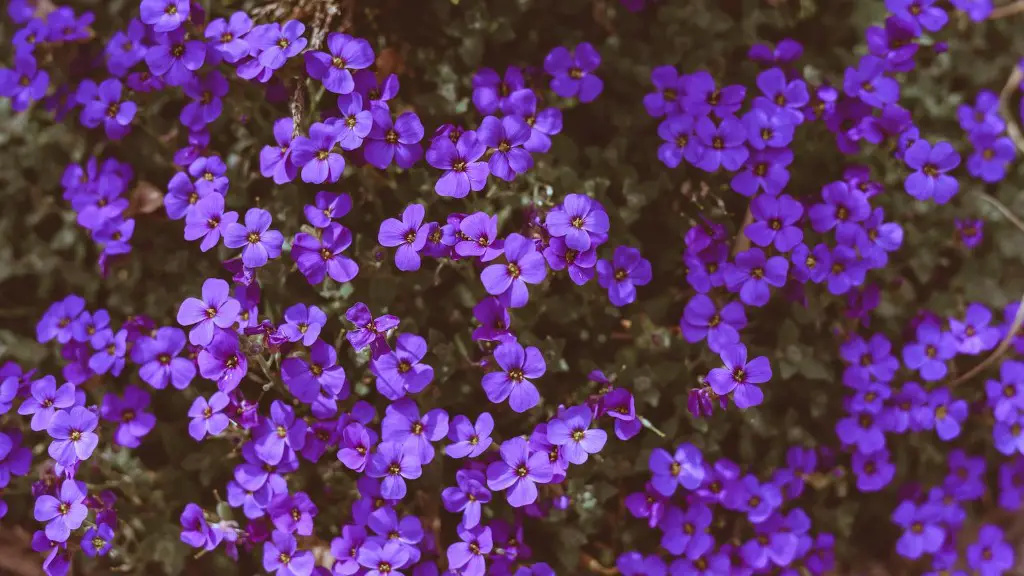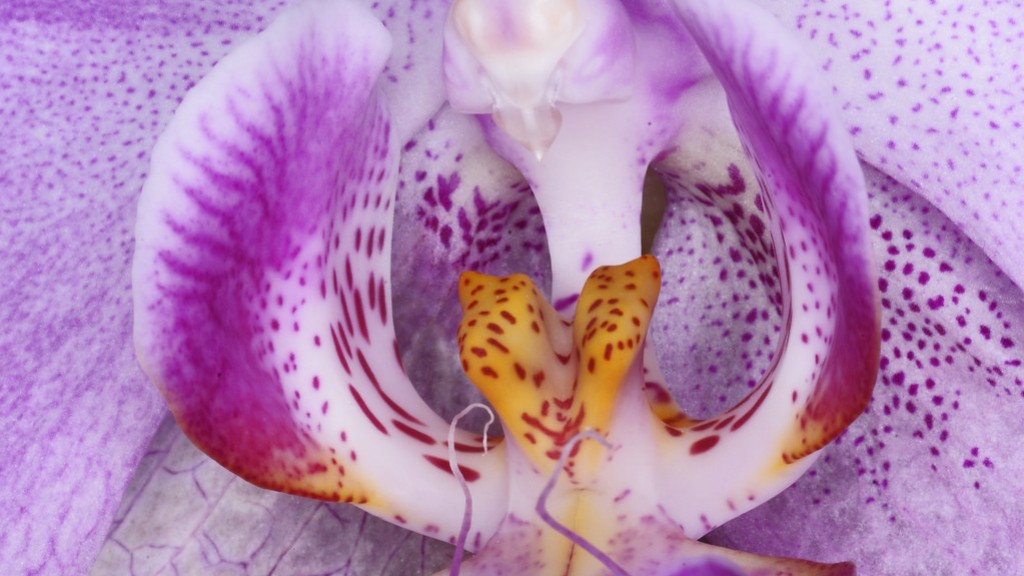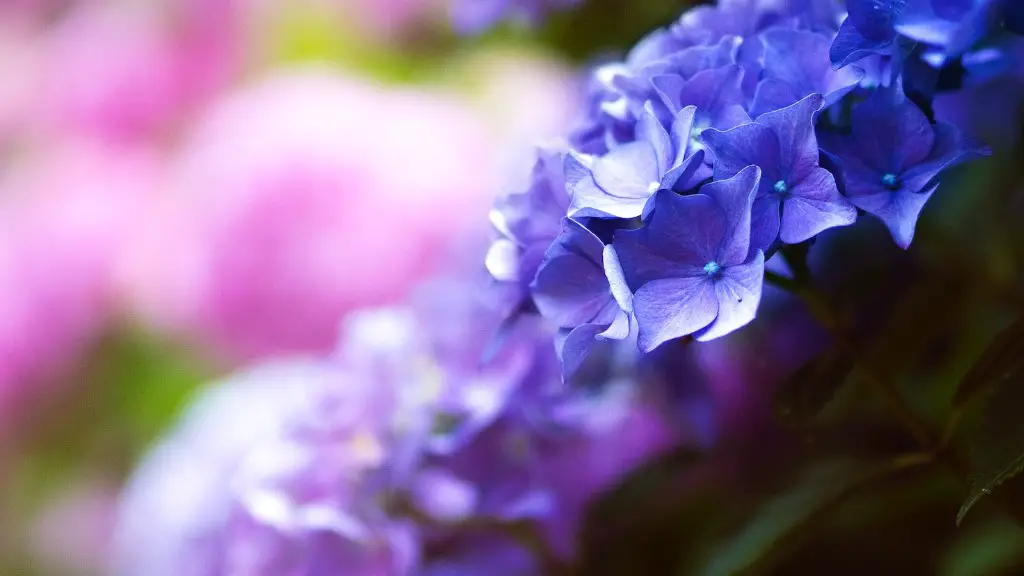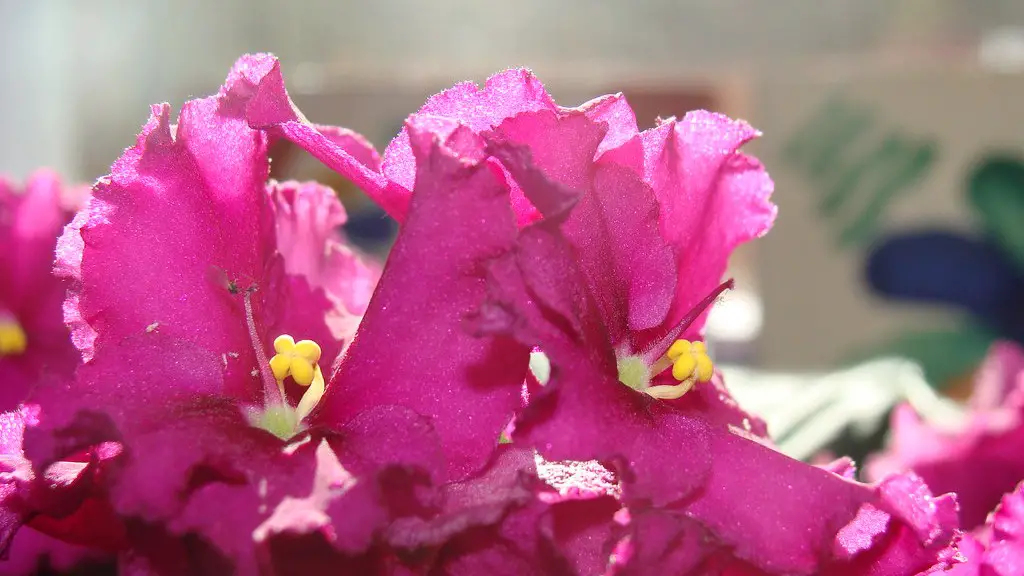African violets are a type of flowering plant that originates from Africa. They are known for their beautiful, brightly-colored flowers that bloom throughout the year. Despite their name, African violets can actually be found all over the world. If you are hoping to help your African violet bloom, there are a few things you can do. First, make sure that you are providing the plant with enough light. African violets need bright, indirect light in order to bloom. They can be placed near a window that gets plenty of sunlight, but make sure to keep them out of direct sunlight, as this can scorch the leaves. Secondly, African violets need to be watered regularly, but be careful not to overwater them. The soil should be moist but not soggy. Allow the soil to dry out a bit between waterings. Lastly, African violets benefit from a monthly feeding of African violet fertilizer. By following these tips, you can help your African violet bloom and enjoy its beautiful flowers all year long!
African violets need bright, indirect light and humid conditions to bloom. To help them bloom, make sure they are getting enough light by placing them near a window. If the room is too dry, try running a humidifier or placing the pot on a tray of pebbles and water. You can also fertilize African violets with a fertilizer made specifically for them.
What causes an African Violet not to bloom?
If you want your African violets to bloom well, you need to make sure they’re getting enough light. They prefer bright, indirect sun, so if they’re not getting enough sunlight, they’ll stretch for the light and produce few or no flowers. Too much sun can burn the leaves, so an east-facing window is ideal, especially with a sheer curtain to block the sun’s harshest rays.
1. Give your African violet plant plenty of light. It should be in an east- or south-facing window.
2. Increase the humidity around your plant. You can do this by placing it on a pebble tray or using a humidifier.
3. Feed your plant with a fertilizer high in phosphorus. This will encourage blooming.
4. Keep the temperature around your African violet plant consistent. It should be between 65 and 75 degrees Fahrenheit.
5. Use a potting mix that is specifically designed for African violets.
6. Keep your plant free from pests and diseases.
7. Pinch back the leaves of your plant to encourage blooming.
8. Rootbound plants will bloom better than those that are not. So, if your plant is not blooming, you may need to repot it into a smaller pot.
Does Epsom salt help African violets bloom
Epsom salts are a great way to provide plants with essential magnesium and sulfur. These two minerals are needed to produce beautiful blooms and healthy foliage. To use, mix one and a half teaspoons of Epsom salts in a quart of tepid water and swirl to dissolve. Water your African violets (below the leaves) with this solution once a month.
African violets typically bloom several times per year, with each bloom lasting several weeks. If you remove the old flowers (disbudding), new flowers should appear within 6-8 weeks.
Where is the best place to put an African violet?
If you want your plants to have the best color and blooms, grow them in bright, indirect light. An ideal location for a plant stand is three feet away from a west- or south-facing window. Plants will still grow when situated right beside north- or east-facing windows, but their leaves will be thin and spindly, and they’ll be less likely to bloom.
If you want to bring more color into your home without a trip to the paint store, try adding more flowers to your favorite plants. African violets are particularly good at producing more blooms when they are fed with Miracle-Gro® Blooming Houseplant Food.
How often should African violets be watered?
Water your African violet once a week with lukewarm water. Allow the plant to completely dry between waterings. One ingenious way of making sure your African violets are never over watered is by setting up a wicking system.
Some people love wild violets for their decorative purposes, while others find them to be aggressive weeds that are difficult to control. No matter what your opinion is, it’s important to know some basic information about this plant. Wild violets are low-growing perennials that typically bloom in mid-May. They are part of the Viola genus, which contains around 500 different species. While they are native to Europe and North America, they can now be found in other parts of the world as well.
What is the best African violet fertilizer for blooming
African violets are beautiful and popular plants that are relatively easy to care for. Many growers have the best success fertilizing once a week with a mild fertilizer designed for African violets. A balanced fertilizer formula such as a 20-20-20 or one that has slightly more phosphorus, like a 15-20-15, will do well in most growing situations.
Coffee grounds are slightly acidic and contain nitrogen, which helps plants grow healthy foliage. Occasionally sprinkling used coffee grounds on top of your African violet potting soil can be good for the plant.
Is baking soda good for African violets?
If you have powdery mildew on your African violets and it isn’t improving, try spraying the plants lightly with a mixture of 1 teaspoon (5 ml) of baking soda in 1 quart (1 L) of water. You can also spray the air around the plant with Lysol or another household disinfectant but be careful not to get too much spray on the leaves.
Water your African violet carefully to avoid leaf spotting and crown rot. Use room temperature water and mist the foliage, being careful not to saturate the plant.
What season do African violets bloom
Africa violets are one of the few flowers that can bloom nearly year-round. If you are able to provide the correct conditions, expect your African violets to bloom 10-12 months each year. Each bloom lasts for about 2-3 weeks, making them a great option for adding a splash of color to your home all year long!
African violets need water when the soil is almost dry. You’ll need to water about once a week, but this depends on conditions like the temperature, the season, and the size of the African violet’s container. The best way to water African violets is by bottom watering.
Should you pinch off African violet flowers?
If you have success getting your African Violet to bloom, be sure to pinch or deadhead spent blooms. This allows the plant to continue to put energy into creating more buds/blooms and beautiful foliage. Additionally, African Violets typically bloom best when they are slightly pot-bound, so don’t be afraid to let your plant fill out its pot before moving it up to a larger size.
To keep your african violets healthy and vibrant, avoid brushing their leaves. Repeated brushing can damage the plant and impede its growth. Instead, enjoy their beauty from a distance!
Warp Up
There are a few things you can do to help African violets bloom:
1. Make sure they’re getting enough light. African violets need 12-16 hours of light per day to bloom.
2. Keep the temperature around the plants consistent. African violets like it warm, so a temperature around 70 degrees Fahrenheit is ideal.
3. Keep the soil moist. African violets like their soil to be evenly moist, but not soggy.
4. fertilize regularly. African violets need to be fertilized every two weeks with a water-soluble fertilizer designed for flowers.
5. Deadhead the flowers. This means removing the spent flowers from the plant. By doing this, you encourage the plant to produce more flowers.
If you have an African Violet that is not blooming, there are a few things you can do to try to encourage it to flower. First, make sure it is getting enough light. African violets need 12-14 hours of light per day, so if it is not getting enough light, it will not bloom. Second, make sure the temperature is not too hot or too cold. African violets like temperatures around 70 degrees Fahrenheit. Third, African violets need to be watered from the bottom up. Water the soil, not the leaves, and let the soil dry out between waterings. Finally, fertilize your African Violet every two weeks with a fertilizer made specifically for African violets. With a little care, you can get your African Violet to bloom.





